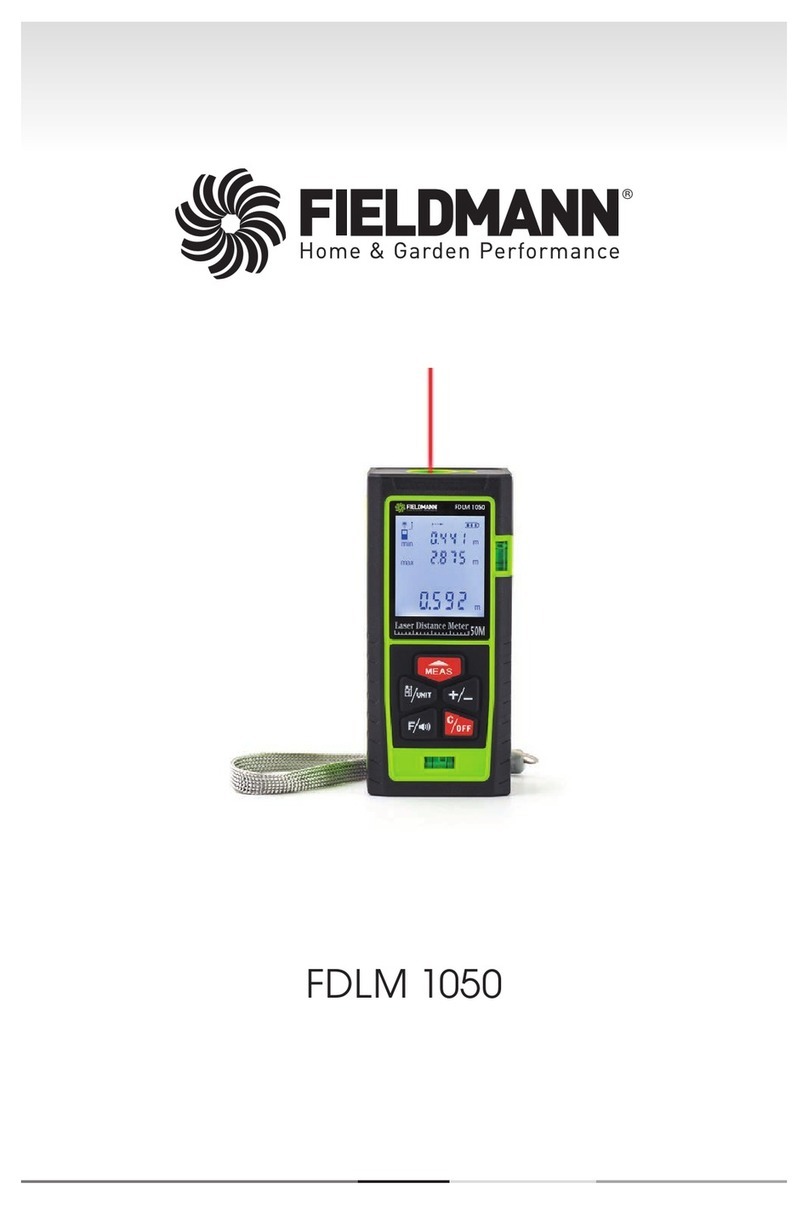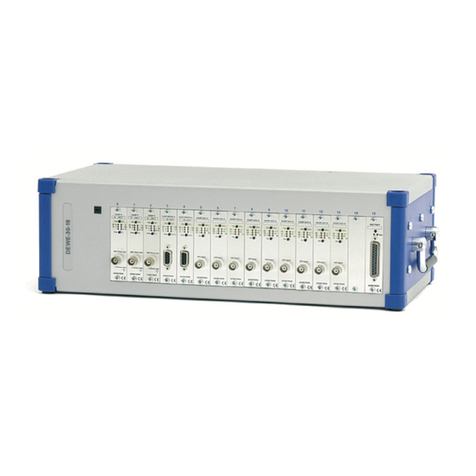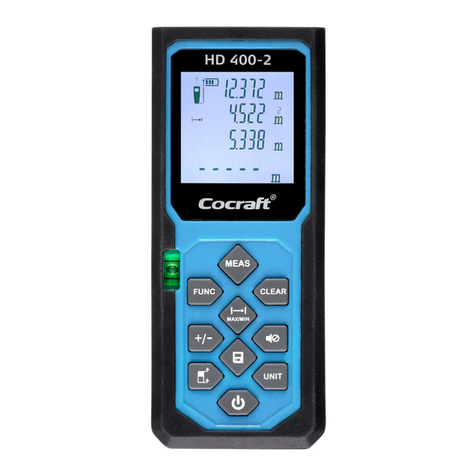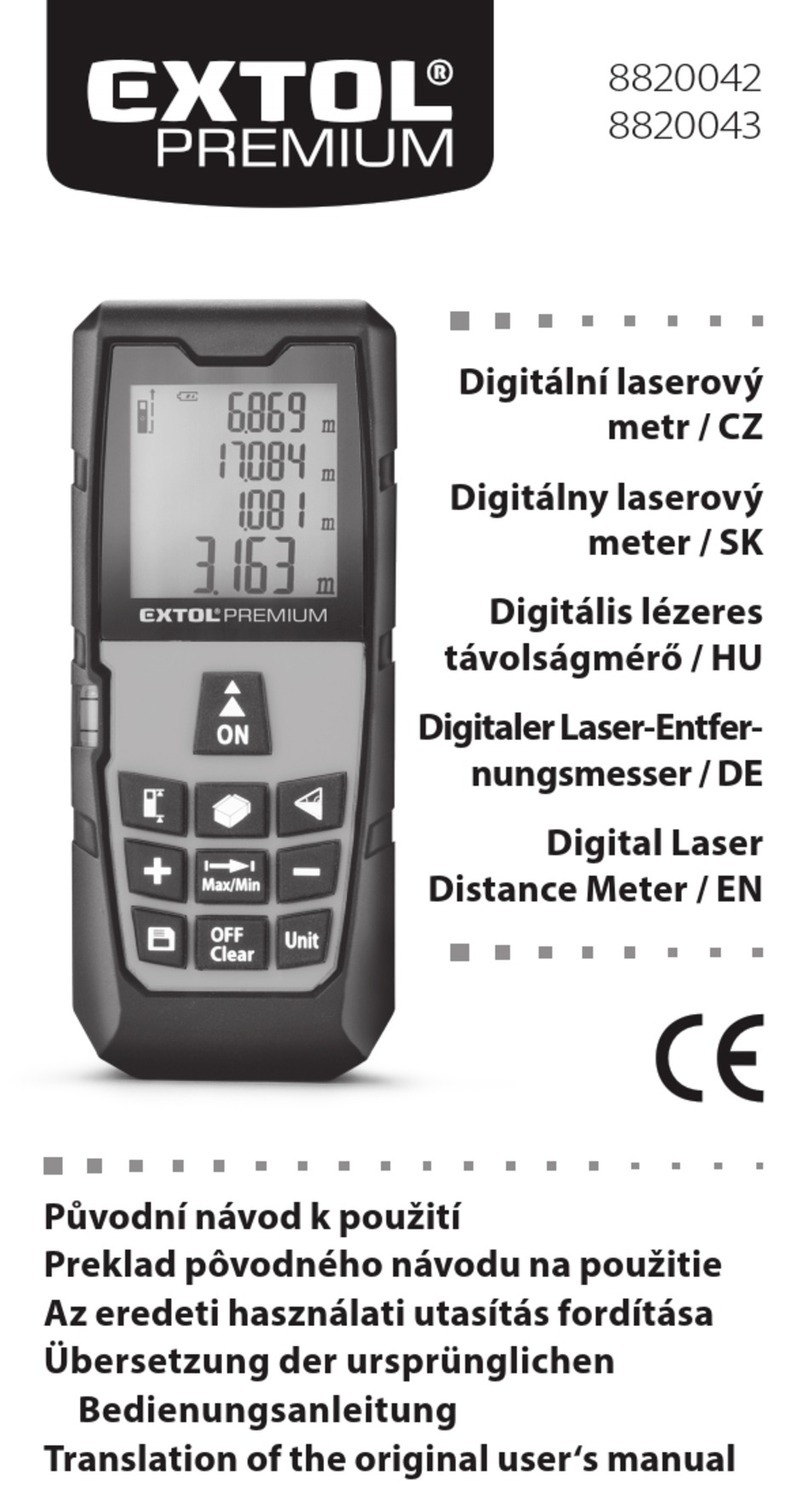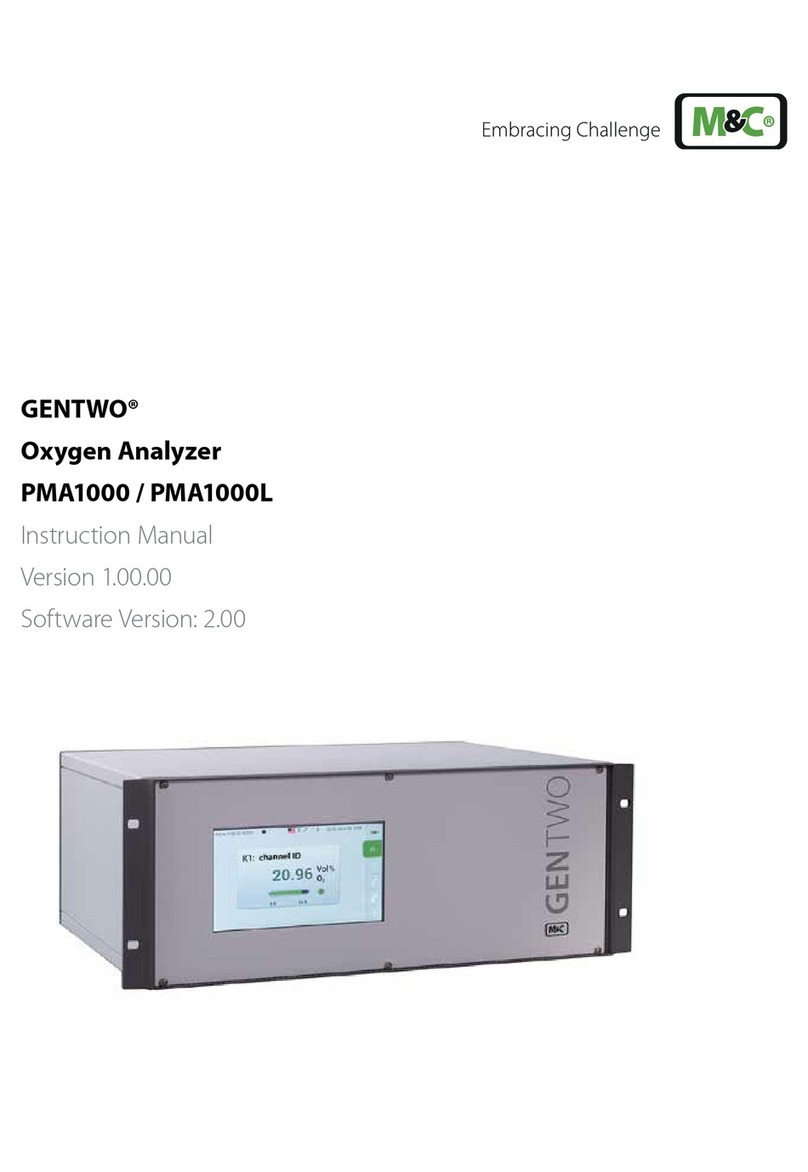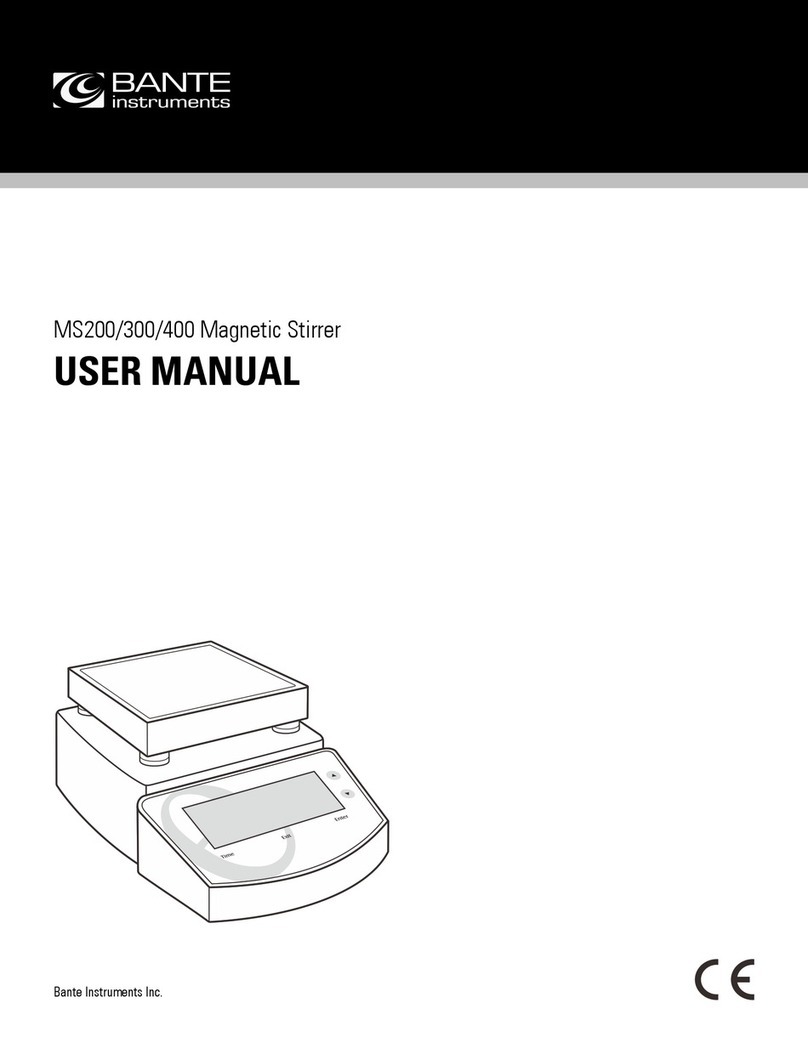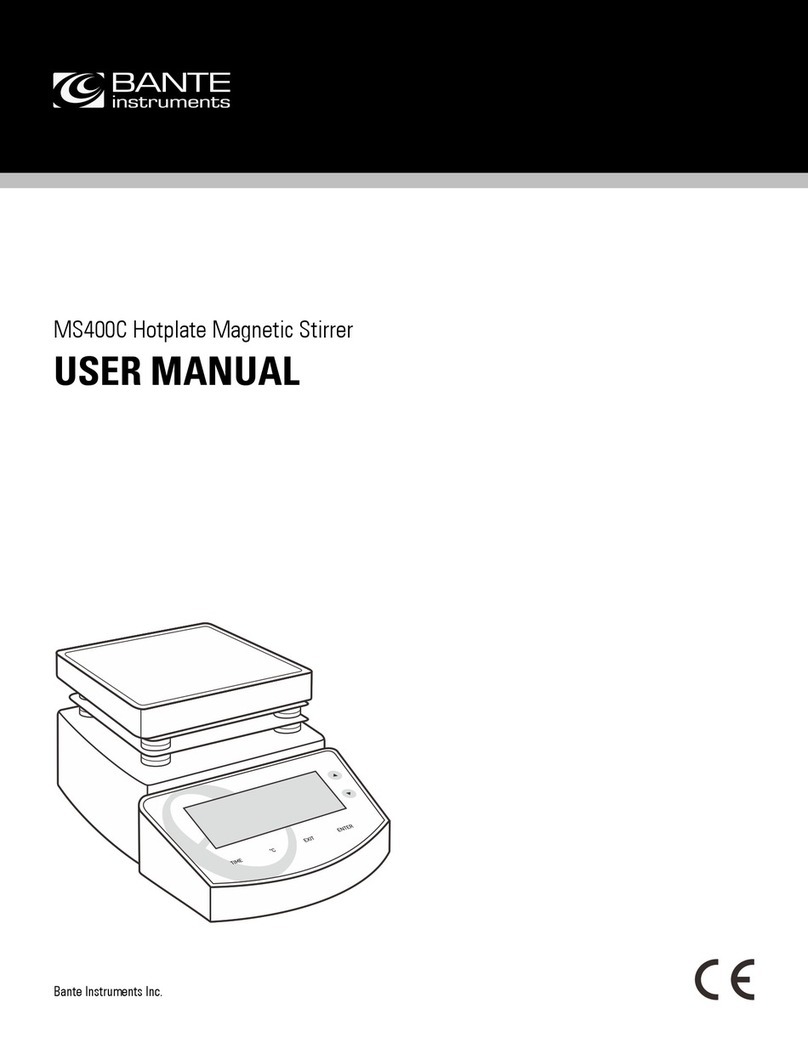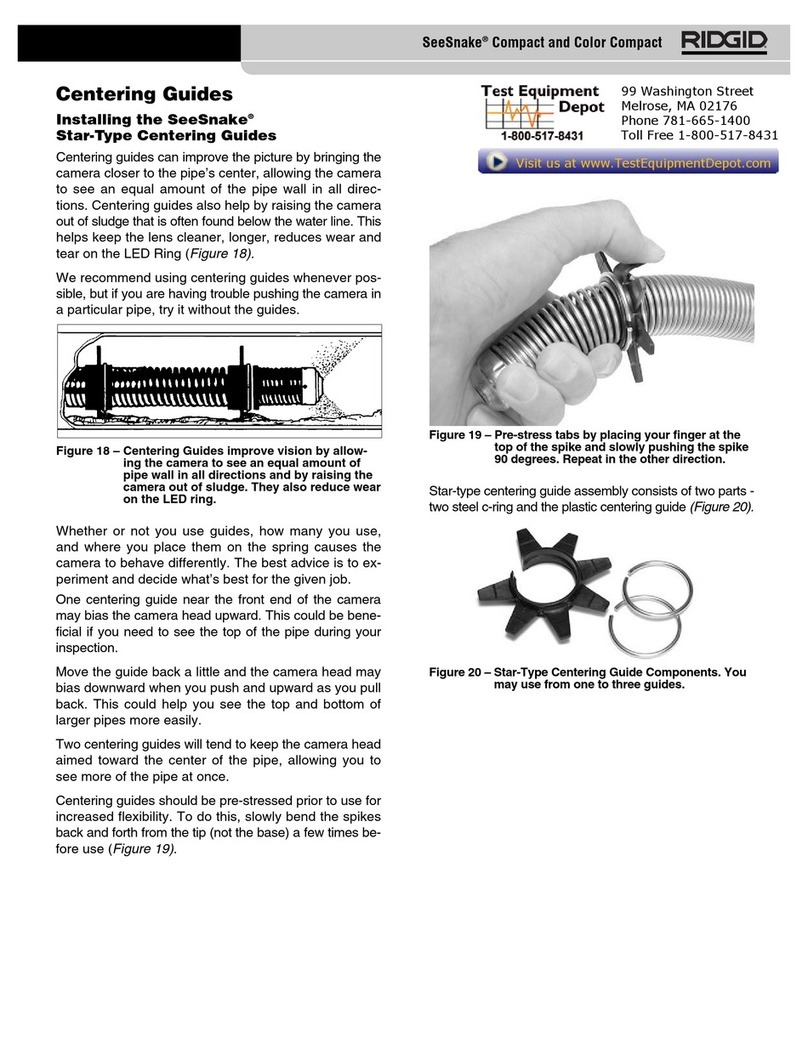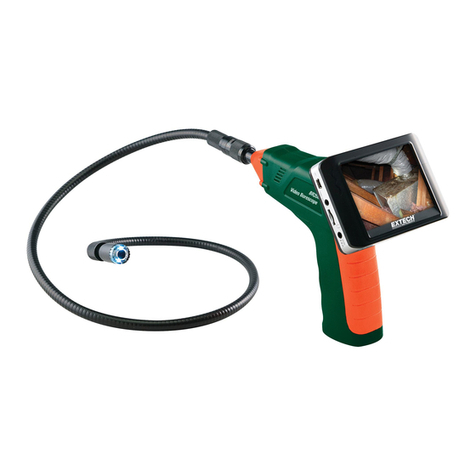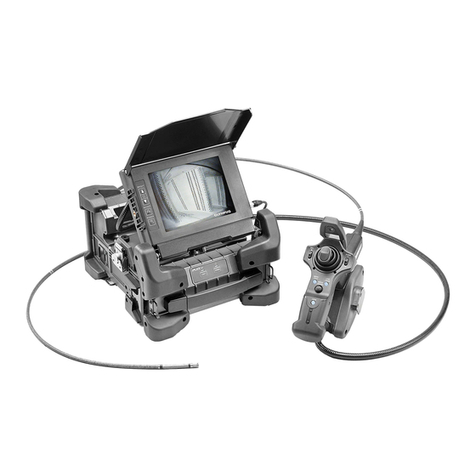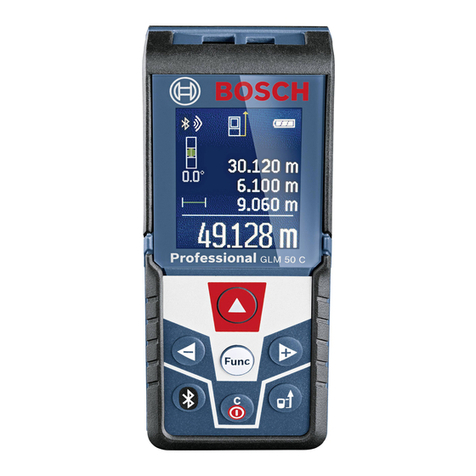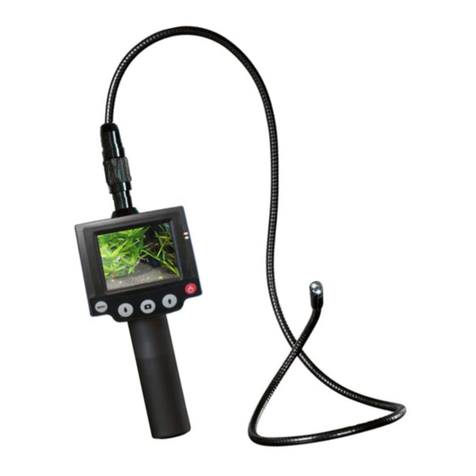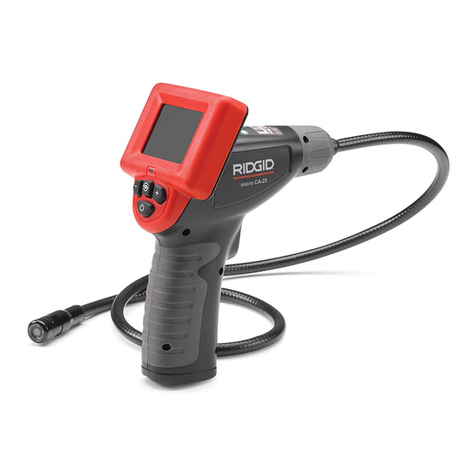Temperature Calibration
1. Press and hold the Cal key to enter the setup menu.
2. Press the Enter key until the display shows /or /.
3. Press the Cal key, the tester enters the temperature calibration mode.
4. Place the electrode into a solution with a known accurate temperature and wait for measurement is stable.
5. Press the Cal key to modify the temperature value.
6. Press the Enter key to save and press the Meas key to return to the measurement mode.
Measurement
The DOscan10 tester can be used to measure the water, wastewater, brine and other liquids. If your sample is seawater or water containing large
amounts of salt, make sure to set the salinity coefficient before measurement. Some gas and steam such as chloride, sulfur dioxide, sulfureted
hydrogen and carbon dioxide can permeate the membrane via diffusion. Their existence will influence the measurements. If the sample contains
solvent, grease, sulfide and alga, the membrane will be damaged or eroded.
1. Rinse the electrode with deionized water.
2. Place the electrode into the sample solution and stir gently. Wait for the measurement to stabilize and record the reading.
•If the display shows "----" indicating the measurement exceeds the range, remove the electrode from the sample immediately.
•If the option is enabled in the setup menu, the tester will automatically lock a measurement endpoint and show icon.
Press the Meas key to resume measuring.
Electrode Maintenance
•Rinse the electrode thoroughly with deionized water after use.
•DO NOT touch the membrane and always keep it is clean and wet.
•If you do not use the electrode for long periods, screw off the membrane cap and rinse the electrode anode/cathode and membrane with
deionized water and blot dry. Install the electrode and store dry.
